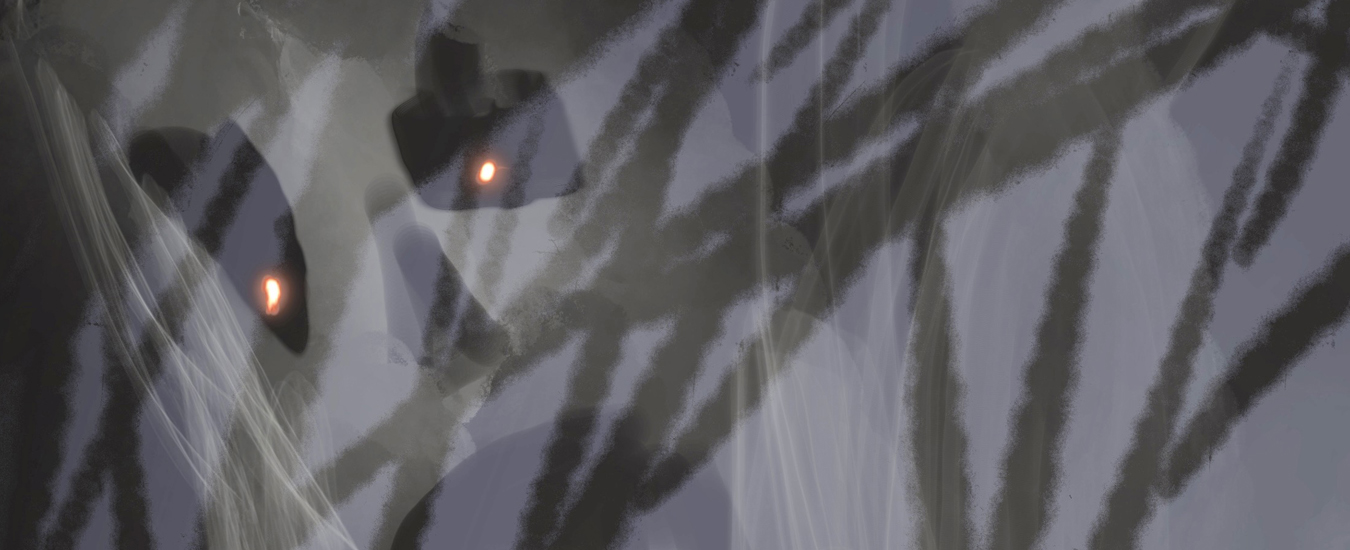'Tis the season for all things ghostly and you’ve been asked to tell your favourite story at the upcoming Halloween party. You want to do it but you’re nervous and apprehensive about the spotlight. How do you get started?
I’ve been researching, writing, and telling ghost stories for many years, and through that experience I’ve developed some tips to help as you take your place in at the centre of the room, around the fire pit, or perhaps on the stage.
First, stipulate right up front if your story is based on real and actual events, or if it’s the figment of your very active imagination. Either type of tale can be a lot of fun to share, but being honest helps the audience to buy into your story. (But feel free to embellish).
As you begin, set the scene. Transport us to wherever your story takes place. For instance, if you know of any historical significance to the location, share that detail with us. If the place is famous for something, let us know about that. If a murder occurred there, give us that golden nugget.
Create the ambiance. Does your story take place in the afternoon or at nighttime? Is it foggy or raining? Maybe it’s winter. How is the wind? Is it howling through the trees? It’s helpful to be moody when you’re telling a ghost story, so details matter.
Tell us what you know about the characters in your story. The more we know about them, the more invested we will become. Age is especially important, as is gender. Describe them. What are they wearing? Are they tall or short? What colour is their hair?
Paint a picture. Use broad strokes to capture the listener’s attention. Grab them right at the start and pull them in. Your goal is to make the audience listen to you, so wrap them up in your story.

Be descriptive. Use colourful words. If something is bloody, then say the blood oozed from the gaping wound. If the candlelight was flickering in the darkened room, then point that out as well. If the murder weapon was a knife or an axe, tell us it was so sharp it could cut through a sheet of paper. If the house is old, describe its condition. Do the doors squeak? Do the floorboards creak?
Be natural in your demeanour but also be dynamic. Don’t be stoic or wooden in your presentation. Movement, without appearing too dramatic or fanatic, is essential to telling a good story. Be fluid.
Make eye contact with your audience and invite them to interact with you. Be welcoming, not standoffish. Creating a personal connection is the best form of engagement. Be sincere and the audience will feel that you are talking to them.
Be confident. Be sure you know your material and deliver your narrative with vigour and verve. Project your voice, don’t mumble. Be enthusiastic but not obnoxious. Remember, as the storyteller, you control the narrative, and you want the audience to hang onto your every word.
Most importantly, have fun. No matter the location of the event — a house party, around a campfire,≠ or in a community hall — telling ghost stories is meant to be fun. But remember, the devil is in the details.
See, it’s that simple. Now it’s time to embrace your inner storyteller. You can do this.
